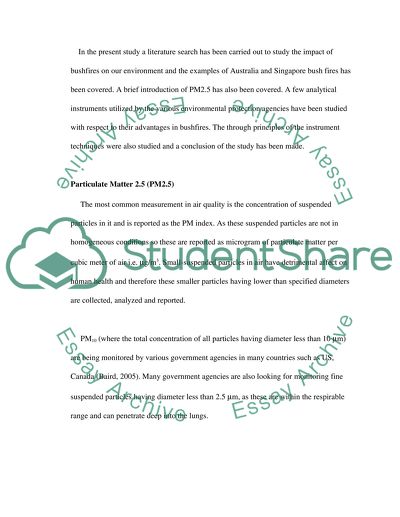Cite this document
(Measurement Methods Term Paper Example | Topics and Well Written Essays - 2190 words, n.d.)
Measurement Methods Term Paper Example | Topics and Well Written Essays - 2190 words. Retrieved from https://studentshare.org/physics/1514285-the-measurement-tecniques-of-particulate-matter25-pm25
Measurement Methods Term Paper Example | Topics and Well Written Essays - 2190 words. Retrieved from https://studentshare.org/physics/1514285-the-measurement-tecniques-of-particulate-matter25-pm25
(Measurement Methods Term Paper Example | Topics and Well Written Essays - 2190 Words)
Measurement Methods Term Paper Example | Topics and Well Written Essays - 2190 Words. https://studentshare.org/physics/1514285-the-measurement-tecniques-of-particulate-matter25-pm25.
Measurement Methods Term Paper Example | Topics and Well Written Essays - 2190 Words. https://studentshare.org/physics/1514285-the-measurement-tecniques-of-particulate-matter25-pm25.
“Measurement Methods Term Paper Example | Topics and Well Written Essays - 2190 Words”, n.d. https://studentshare.org/physics/1514285-the-measurement-tecniques-of-particulate-matter25-pm25.


